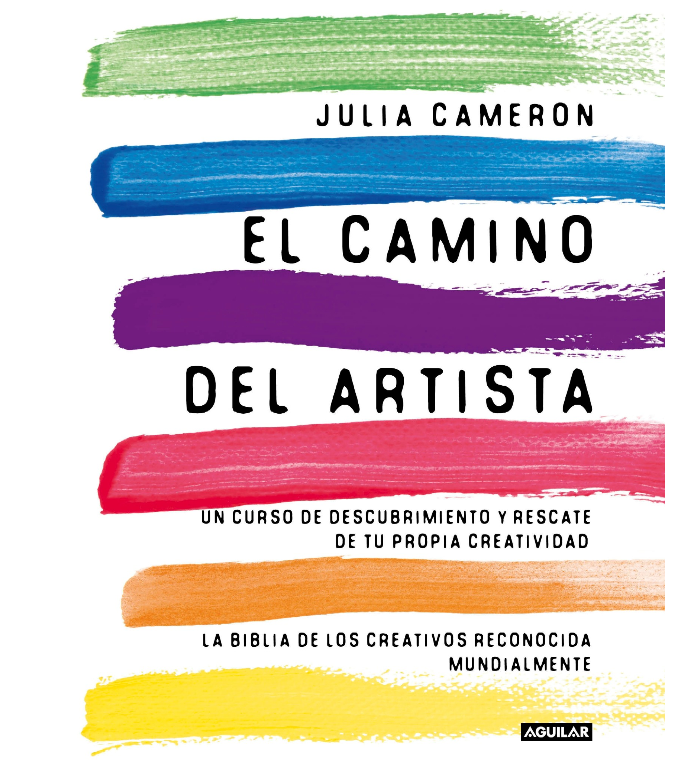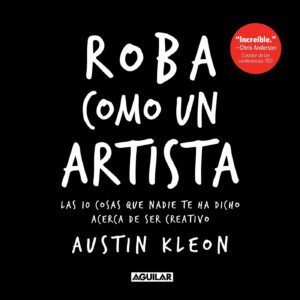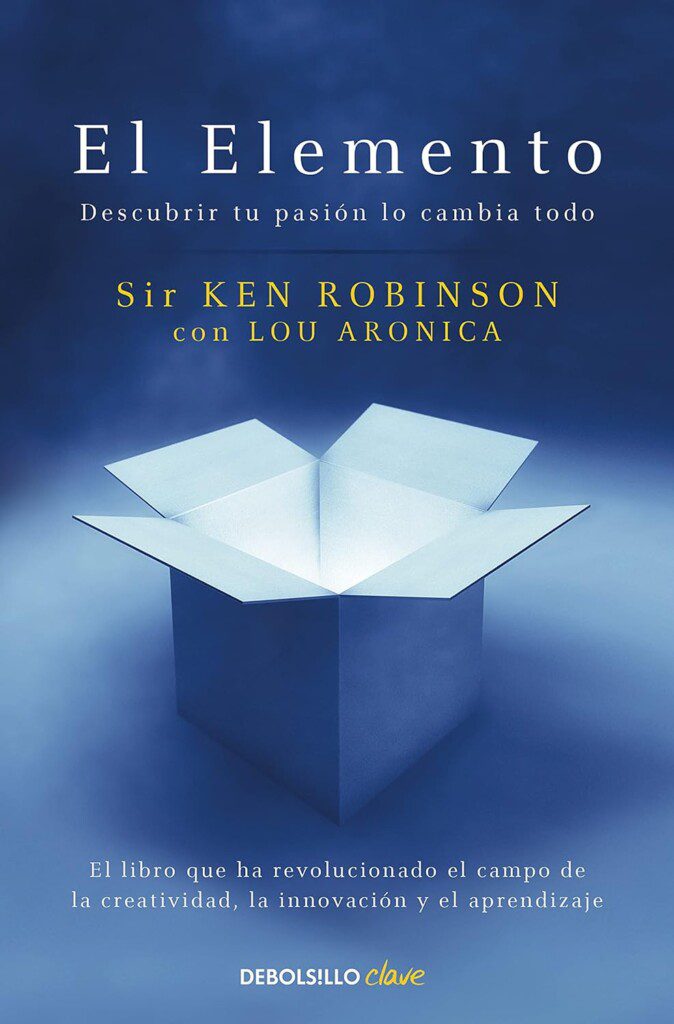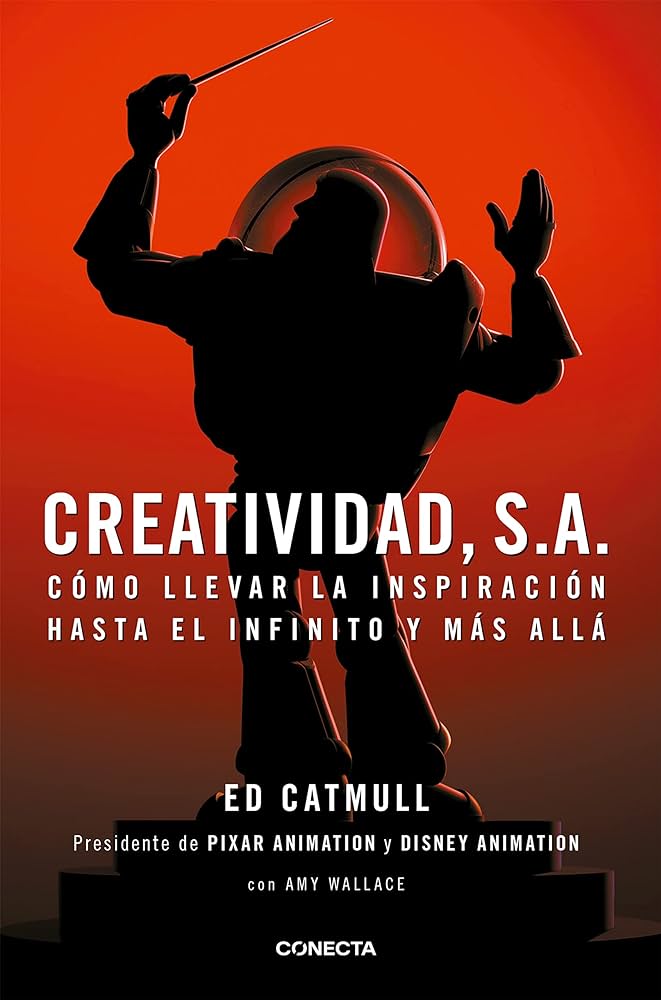Articles

5 exciting business events in Barcelona this May
16 de April de 2024

Steve Jobs had a unique perspective on creativity. To him, it was about making connections between existing dots. Think of it like a game where you have various pieces scattered on the board, and your job is to link them together to uncover something new – a sort of puzzle. “When you ask creative people how they did something, they feel a bit guilty because they didn’t actually do it; they just saw something,” Jobs explained. According to him, the key was having the ability to see connections where others only saw empty spaces.
There’s a widely held myth that suggests creativity is a gift you’re born with: either you have it or you don’t. But the truth is, creativity is more like a muscle than an innate talent; if you don’t exercise it, it weakens. If you ask several adults, chances are half of them wouldn’t consider themselves creative individuals.
So, how do we keep the creative muscle active? The initial step is simple: give yourself some time. Neither originality nor creativity spontaneously appear – especially not when you’re trying to manage 10 tasks at once. They arise during those moments of pause, when you genuinely take a moment to connect with yourself and the environment around you.
To help you start flexing that muscle, we’re introducing you to four books that will boost your creativity and provide you with practical tools to incorporate into your daily routine:
Julia Cameron is a renowned writer, journalist, producer, and screenwriter who has worked in prestigious media outlets such as the New York Times. In ‘The Artist’s Way’, she offers a practical creativity guide that consists of 12 lessons over the course of 12 weeks. It will teach you how to overcome the creative blocks that all artists experience at some point in their careers.
Through the exercises in this book, Julia Cameron helps you shake off the idea that you don’t have enough talent or creativity. These are some of the tasks you will find inside:

Often, when we think something is exceptionally innovative, creative, and original, we tend to overlook the many references and sources of inspiration that contribute to that idea. This is why Austin Kleon encourages us to adopt a fresh perspective on creativity.
Steal Like an Artist argues that no work is entirely original or creative, as they all derive influence, reference, and inspiration from other creators. Kleon not only introduces this idea but also leads readers through 100 practical exercises designed to demonstrate how to take existing ideas and shape them into something distinctly personal.
Kleon even provides us with certain insights to unlock our artistic potential and lead a much more creative life:

1. Steal Like an Artist.
2. Don’t wait until you know who you are to get started.
3. Write the book you want to read.
4. Use your hands.
5. Side projects and hobbies are important.
6. The secret: Do good work and share it with people.
7. Geography is no longer our master.
8. Be nice. (The world is a small town).
9. Be boring. (It’s the only way to get work done).
10. Creativity is subtraction.

El Máster en Fashion & Retail Management Barcelona – Roma de EAE Barcelona te invita a descubrir una visión 360ª del universo de la moda y el retail y te acompaña hasta convertirte en un/a profesional referente del sector.
Infórmate

This book isn’t your typical read — it’s a guide that helps us dive into the most creative corners of our minds. It shows us how passion, talent, and creativity aren’t just magical ingredients for artworks, but powerful forces that can greatly enrich our lives, both personally and collectively.
Robinson shares a remarkably simple yet transformative idea: within each of us lies an element, a special place where our passions and talents effortlessly come together. Imagine immersing yourself in what you love, in what you naturally excel at. This realization unleashes your innate creative potential.
Written by Ed Catmull, one of the masterminds behind the development of Pixar Animation Studios, this book offers more than just a behind-the-scenes glimpse of one of the world’s most creative companies; it is also a guide to cultivating an environment of innovation and originality in any workplace setting.
Have you ever wondered how Pixar manages to achieve success after success? In this book, Catmull takes you on a journey through the principles that have made Pixar a powerhouse of creativity. And, perhaps most importantly, he demonstrates how those same principles can be applied in any organization to cultivate a culture where ideas and creativity flourish. Creativity, Inc. serves as a powerful reminder that, much like in Pixar films, there are no limits to our imagination.

These four books provide a range of perspectives and tools to unlock and nurture your creativity. From daily practices to mindset shifts, each one offers a pathway to a more creative and fulfilled life. Immersing yourself in their pages will inspire and empower you with the skills needed to incorporate creativity into every aspect of your life.